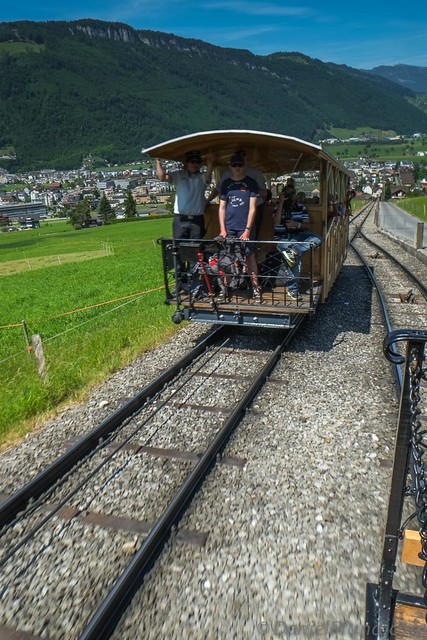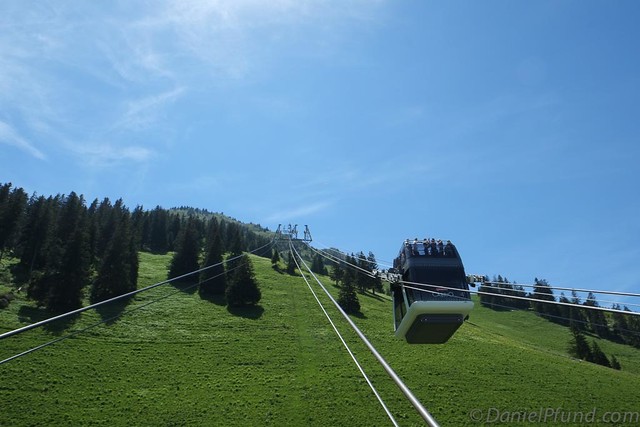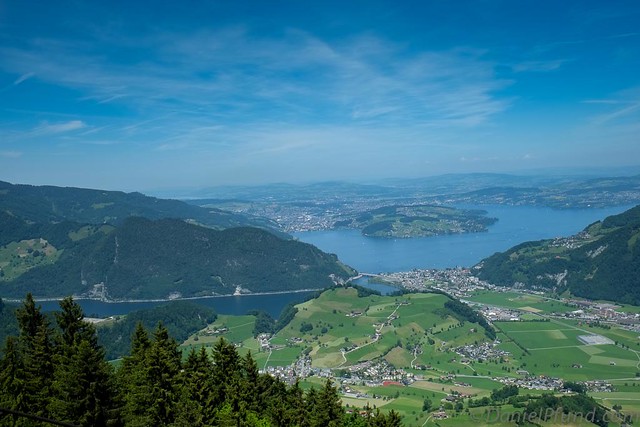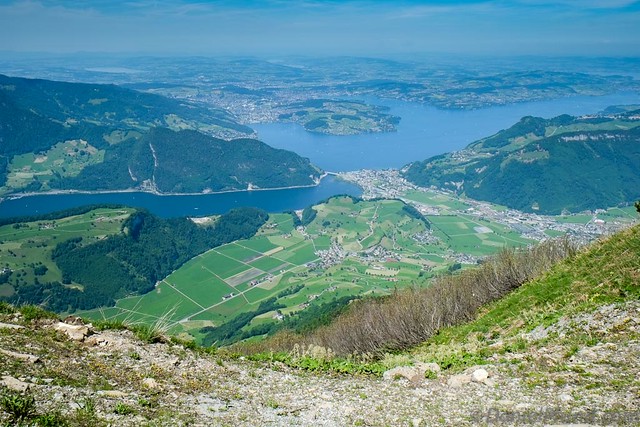I went to Paris last week for business, but had a free evening to spend with a friend there. We decided to do some long exposure photography.
Normally long exposures are useful to blur out moving water in landscapes. Here we actually "blurred" out people, sometimes even removing them entirely! It's quite a funny feeling when you look at your picture after the long exposure.
As the weather was quite overcast, it was nice to have some moving clouds in there too. It was really a great evening (thanks Jerome)!

The joy of traveling with the
Fuji X-Pro1 is that the equipment is considerably lighter than a DSLR kit. I could even take a small tripod (
a gorillapod) instead of a huge and heavy one.
My friend Jerome on the other hand, had a Canon EOS-5D MkII and a big tripod; that did attract attention. At one point, in the Jardins des Tuilleries park, a car with park maintainers pulled up to us and asked if he had a permit. They claimed that he was a "professional" because of the tripod!
I think they didn't even notice my Fuji hanging on the
gorillapod on a fence. Another great reason for being a Fuji Ninja!
Here's the equipment you need to take long exposures:
- a tripod
- a Neutral Density filter: this is like sunglasses for your camera as it simply reduces the amount of light reaching the sensor. You can buy these in several different optical densities. In my case I used an ND1000 (a 10 stop filter, sometimes called "big stopper").
You can also use a remote cable, although it's not necessary for exposures up to 30 seconds on the Fuji. In fact, on the Fuji X-Pro1, there are 2 long exposure modes: B and T. In T mode, you can set the time from 2 seconds to 30 seconds (with the left arrow on pad).
In B ("Bulb") mode, you need a cable release, as the first shutter actuation will start the exposure, and a second actuation will stop it. So basically, you can make exposures as long as you want.
The other thing you need to know, is that the Fuji X-Pro1 has a Noise Reduction mode in the menus. I highly advise you to put this ON. This will take another black exposure for the same amount of time to measure the sensor noise and remove that noise from the original picture. The disadvantage is that it will take twice as long to take just 1 picture, because the camera will be blocked "processing".
Note that this Noise Reduction only comes in play after a certain amount of exposure time. For example with ISO 200, the minimum exposure time is 70 seconds for Noise Reduction to come into action. You can find
a complete discussion of this in a Fuji-X Forum if you're interested to learn more.

Here's my workflow:
- find your vantage point and settle tripod
- measure the exposure without the ND filter and find equivalent time for 10 stops longer. I usually set my f-stop to f/11 or f/16, which is the maximum on the Fuji XF 18mm lens.
To find the equivalent exposure time, I use a
free iPhone app called "Long Time".
In my case (sunset time), I had a normal exposure of f/16 & 1/30th of a second. 10 stops longer is equivalent to 30 seconds exposure.
- put ND filter on, set camera on tripod.
- frame through LCD screen on the back. The great advantage of the Fuji X-Pro1 is that even with the ND1000 filter on, it can still see the scene, and even focus (I use manual focus because I don't want the camera to try to refocus when I take the picture afterwards).
- Either put the camera on B or T mode, depending on your expsoure time (if it's max 30 seconds, use T).
- Either put a 2 seconds timer (if you use T mode) or use the cable release and shoot.
The Fuji X-Pro1 is great for long exposures, as it will display the elapsed exposure time on the LCD screen (or in the digital viewfinder). No more need for a stopwatch! Release the cable after your desired exposure time, and let the camera do it's processing (if necessary).
Be sure to always use the lowest ISO setting (for the Fuji X-Pro1 it's ISO 200) as you want to take longer exposures, not shorter ones. Also, this will minimize noise in your picture.
My only issues were that each time you turn off the camera, the T setting resets to 2 seconds, so you need to push that left arrow several times in order to get back to 30 seconds. Also, the setting for the remote timer (2 seconds) is also lost when you turn off the camera. Maybe there is a way to keep this in between ON/OFF cycles, but I haven't found out how yet (leave a comment if you know).
Below you can find some examples of shots I took.

This shot of the Place de la Concorde was taken early evening, with a ton of traffic... but thanks to the magic of long exposures, most cars disappeared!
We then moved into the Parc des Tuilleries.

To arrive at what I find to be one of the most photogenic sites of Paris: the Louvre pyramids. I just love this place!

Of course, we couldn't resist taking some long exposures of the Seine river. That's exactly what the ND1000 is made for: giving a sense of smooth flow to water. Here you have the beautiful addition of moving clouds.

You can see my complete set of
Long Exposure Pictures of Paris with the Fuji X-Pro1 on Flickr.
Overall, the Fuji X-Pro1 is a really capable camera in the long exposure style. A real joy to use, as it is lightweight, prefect for travel, and so easy to move around with.









